At the press conference to mark his first year in office on May 20, President Volodymyr Zelensky said he wanted to be remembered as the president who built good roads in Ukraine.
The country had just begun reopening its economy after over two months of lockdown to stop the spread of COVID-19, and the president assured his audience that neither the economic crisis, nor pandemic would change his road construction plans.
In the following month, parliament diverted half of the special fund scraped together to combat COVID-19 and lockdown’s negative economic effects toward the construction of roads. This brought the total amount allocated for roads to almost Hr 125 billion ($4.4 billion), according to the Center of Public Finance and Governance at the Kyiv School of Economics.
The decision sparked a public backlash: Roads don’t suffer from the pandemic, but people do.
The International Monetary Fund requires that Ukraine’s COVID-19 fund expenditures be transparent and efficient for continued aid to the country. So the government ordered the State Audit Service to audit the handling of the pandemic emergency fund.
Additionally, many observers perceive the acceleration of construction and repair works ahead of the October local elections to be Zelensky’s attempt to promote his party, Servant of the People.
Party campaign
As part of his large-scale national project, called “Big Construction,” Zelensky has promised to build or repair 6,500 kilometers of roads as well as 100 schools, 100 kindergartens, 100 stadiums, and 210 hospital emergency departments by the end of 2020.
The initiative is ambitious but necessary. Much of Ukraine’s infrastructure was developed in the Soviet era. Rampant corruption in construction tenders and poor enforcement of weight control for trucks have left roads embarrassingly potholed and crumbling. Although past governments declared building roads and tackling corruption to be their priorities, little changed.
As a candidate, Zelensky pledged to fix roads. As president, he seems determined to deliver.
But during his trips to the regions over the past two months, it didn’t look like Zelensky was checking the progress of construction. Rather, the trips blurred the lines between traditional working visits and Servant of the People’s campaign, raising questions as to whether “Big Construction” is a state budget-funded gimmick to win votes for the party in October.
During his trips, Zelensky would inspect the ongoing road works and open new kindergartens and stadiums under the bright yellow logo of his infrastructure project. He would also present a strategy for the region’s development on a stage displaying his party’s logo and introduce Servant of the People candidates.
Two reputable election watchdogs, Opora and the Committee of Voters of Ukraine, voiced concerns about the president’s potential misuse of administrative resources to campaign.
“Undoubtedly, ‘Big Construction’ is part of the campaign strategy of Servant of the People,” said Anatoliy Oktysiuk, a political expert with Democracy House. “It’s a pretext for Zelensky to go on a regional tour, meet with governors, and introduce his party’s candidates. For the party, it’s a way to tie in to Zelensky’s brand and reputation.”
In July 2019, Zelensky’s personal popularity helped his neophyte party win the majority of seats in the parliament. Voters de facto cast their ballots for the new president, who promised to purge old elites. That allowed many unknown Servant of the People candidates to defeat heavyweight local politicians.
Despite sliding ratings, Zelensky is still the most popular politician in Ukraine. According to a September poll by the Kyiv International Institute of Sociology, 31.8% respondents said they would vote for Zelensky. His approval rating fell by 5.8 percentage points since June. Servant of the People lost 6.5% and currently tops the list of parties with 21.5%.
Kyrylo Tymoshenko, the deputy head of Zelensky’s administration who is in charge of “Big Construction,” denied there was any connection between the infrastructure project and the upcoming elections.
“We announced the program at the end of last year, and it had been in our plans,” he told the Kyiv Post. “When people see how much has been built and how quickly, it becomes clear to them that it is not a PR project for the elections.”
“Big Construction” will continue next year, he said, and will include the restoration of historical and cultural sites.
On Sept. 22, Ukravtodor, the country’s road authority, reported that it had finished repairing 2,000 kilometers of roads out of 4,200 kilometers planned for this year.
“‘Big Construction’ will have a certain effect on voters. The only thing that can ruin it is the worsening situation with COVID-19,” said Oktysiuk from Democracy House.
Read more: Interview with Ukravtodor head Oleksandr Kubrakov
Building roads with COVID-19 money
The biggest criticism Zelensky and his government have faced so far was over their handling of the special fund set up in mid-April to fight the COVID-19 pandemic. A fund worth Hr 66 billion ($2.3 billion) was created by cutting budgets from the ministries of education and culture; funds for energy efficiency, innovation and the development of higher education; and subventions to local authorities.
“Nobody knew at the time how much money would be needed for the coronavirus response. That’s why the government made the right decision to allocate as much money as possible to a separate fund. If any money was left, it should have been returned for culture and education,” says Hlib Kanievskyi, head of State Watch, a Kyiv-based non-profit that promotes reforms and monitors budget spending in healthcare.
However, the law didn’t specify which state bodies could access money from the fund nor did it list the needs directly related to the COVID-19 pandemic that it was meant to cover, Kanievskyi says.
As a result, the fund turned into an attractive source for various agencies that began applying for funding. For instance, the Energy Ministry asked for Hr 140 million ($5 million) for the construction of a uranium mine in Kirovohrad Oblast, and the ombudswoman’s office asked for Hr 14.5 million ($514,300) for repairs to its building and a new website.
By September, the COVID-19 fund was fully divided between agencies. The money was allocated for equipping hospitals, purchasing lung ventilators and protective gear, paying salary bonuses to medical and law enforcement workers, supplying testing laboratories, paying benefits to the unemployed and welfare benefits to children of individual entrepreneurs whose businesses suffered from the shutdown.
Surprisingly, over half of the fund — Hr 35 billion ($1.2 billion) — was assigned to the construction of roads.
Such was the decision of the parliament, which explained that this would create new jobs and good roads would help provide medical services and testing faster. Many found it unconvincing. But Finance Minister Serhiy Marchenko defended it as “normal and supporting the economy.”
Although the COVID-19 fund has already been parcelled out, in five months, only 37% of it has actually been used and only a small portion of that was spent on healthcare needs during the pandemic.
Kanievskyi says it is because of management issues and an internal political crisis in the Ministry of Health, which had changed three ministers at the start of the COVID-19 epidemic in Ukraine and was in conflict with the state medical procurement agency. This resulted in delays in starting the procedure to receive the allocated funds, Kanievskyi says.
The Health Ministry has not yet received its Hr 6 billion ($212.5 million) for salary bonuses to medical workers on the front lines of the pandemic. At the same time, the Interior Ministry has managed to get Hr 2.7 billion ($95.6 million) from the COVID-19 fund for 50% bonuses for police officers who worked during the lockdown.
Out of Hr 14.3 billion ($506.2 million) allocated to the Health Ministry, it received only Hr 519 million ($18.4 million) as of Sept. 22. In comparison, Ukravtodor already received over Hr 10 billion (more than $354 million).
By law, if ministries and agencies won’t use the allocated sums from the COVID-19 fund by the end of this year, the money will be returned to the state budget.
Meanwhile, the pandemic is far from over.
The number of active COVID-19 cases in Ukraine has tripled over the past two months. It exceeded 100,000 on Sept. 24. New daily cases, deaths and hospital admissions have grown significantly, too. And the Health Ministry has predicted a further increase in infections during the usual flu season in fall and winter.
It would make sense to invest in contact tracing, scaling up testing, stocking up on personal protective gear and buying equipment for hospitals, said Kanievskyi.
Tymoshenko — who is also a secretary of the Coordination Council for fighting against COVID-19, which is chaired by the president — says there is nothing to worry about.
“Indeed, we are seeing a growing number of people sick (with COVID-19), but the situation is under full control. In six months since the beginning of the pandemic in Ukraine, we have gained experience,” he said.
The transparent and effective use of the COVID-19 fund concerns the International Monetary Fund, Ukrainian Finance Minister Marchenko told Interfax in an interview published on Sept. 18. The Cabinet of Ministers ordered an audit of the fund’s usage.
On June 12, Ukraine received the first $2.1 billion tranche from the IMF from its 18-month, $5 billion stand-by arrangement. According to the memorandum, the State Audit Service has to conduct an audit of the COVID-19 fund, in consultation with an external auditor, before March 2021 and make the report public.
Zelensky doesn’t plan to slow down on road construction.
The budget plan for 2021, which is awaiting parliamentary review, allocates Hr 150 billion ($5.3 billion) for the construction of roads alone. In comparison, the COVID-19 response will receive Hr 19.4 billion ($687 million), including Hr 2.6 billion ($92 million) on vaccines.
Daryna Marchak, head of the Center of Public Finance and Governance at the Kyiv School of Economics, warns about the growing debt of Ukravtodor and Ukraine’s state budget in general.
This year, Ukravotor already received Hr 19.3 billion in state-guaranteed bank loans. Next year, it might get additional Hr 71 billion ($2.5 billion), said Marchak.
“It’s bad because Ukravtodor is financed from the state budget. The repayment of those loans will become its expenses. Generally speaking, it’s living on credit,” she told the Kyiv Post.
Ukraine’s budget deficit is projected at 6% of its gross domestic product in 2021. According to the Center of Public Finance and Governance, the Finance Ministry will need to borrow Hr 702 billion ($24.9 billion) to cover the deficit and repayments on public debt next year.
If Ukraine wants to invest large sums of money in roads, Marchak is okay with that — provided the government cut from lower-priority areas. But that isn’t happening.
“We are trying to pay for everything while having a huge deficit and planning Hr 71 billion in state-guaranteed loans only for roads,” she said. “We, Ukrainians, and our future generations will pay for it.”
You can also highlight the text and press Ctrl + Enter


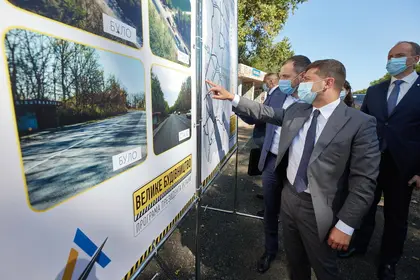
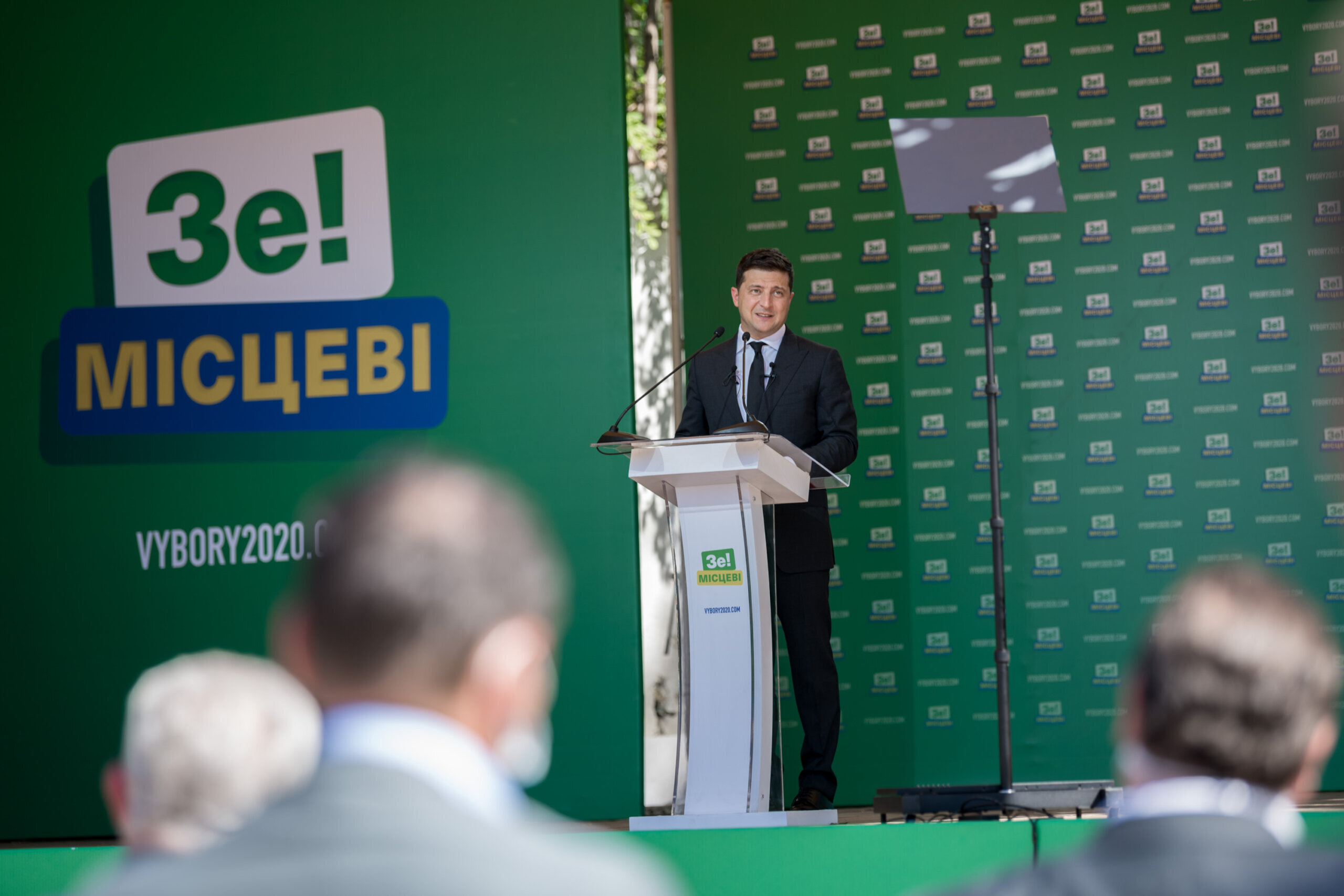
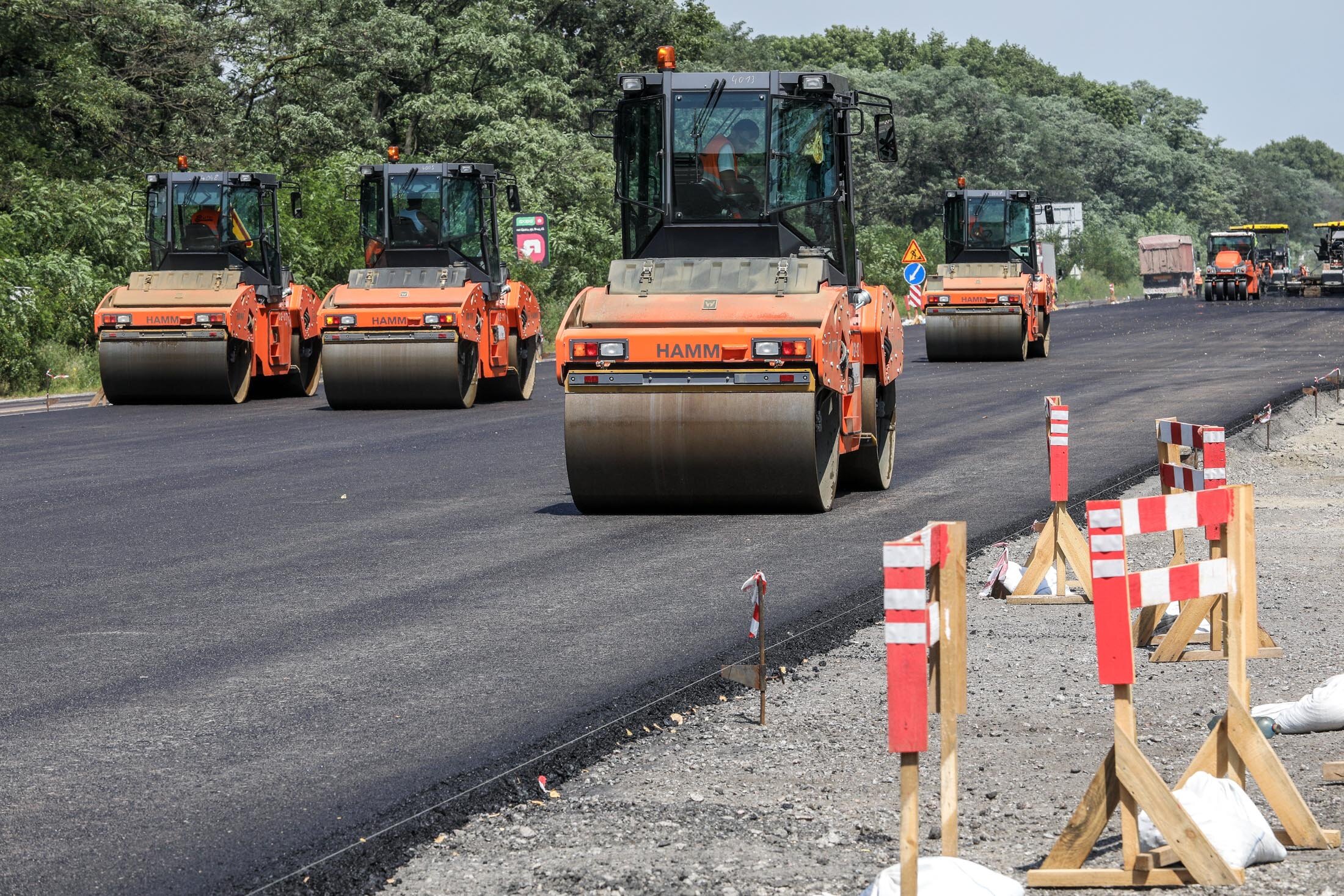

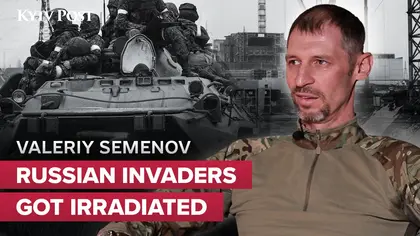
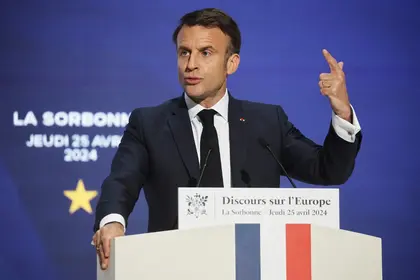

Comments (0)